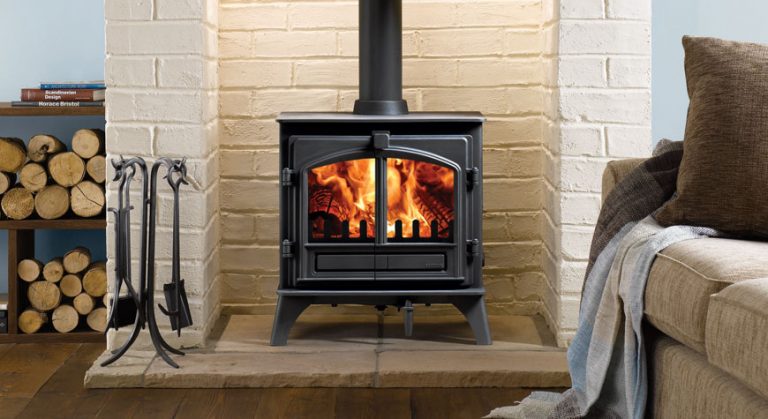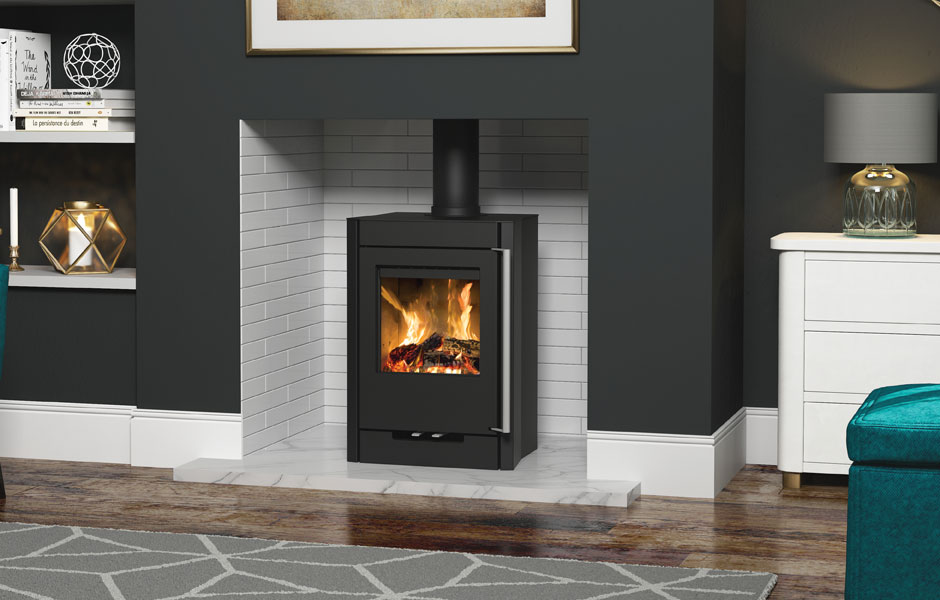A report by the Stove Industry Alliance has cast a very interesting light on the UK stove industry offering a greater insight into the potential to reduce carbon emissions and encourage sustainable energy sources. There are some very interesting facts and figures regarding the UK stove industry which include:
UK government’s carbon reduction targets
Official estimates suggest that wood-burning stoves could actually account for around 10% of the UK government’s carbon reduction targets by 2020. This ties in perfectly with the government’s aim to fulfil 25% of domestic heat energy requirements via renewable sources by 2020. While current sales of wood-burning stoves are running at around 175,000 units per annum, with more than 1 million homes already using wood-burning stoves and fireplaces, there is still scope for further growth.

The introduction of more efficient wood-burning and multifuel stoves will ensure that older models which are due for replacement will be replaced by more efficient stoves. This in itself will help to reduce carbon emissions yet further. To put this in simple terms, when taking into account predicted demand and the expected supply of fuel it is forecast that wood-burning stoves could reduce UK carbon emissions by as much as 2 million tonnes per annum.
Wood-burning stove efficiency improvements
We all know that there are many wood-burning stoves available today which have an efficiency rating in excess of 80% against an efficiency rating for a traditional coal fire or between 20% and 30%. While the ability to significantly reduce the amount of energy wasted when fuel is burnt is admirable, where do wood-burning stove stand when it comes to carbon emissions?
Official statistics show that a correctly installed wood-burning stove in good working order will produce 0.008 kg CO2 per kilowatt. This compares to 0.198 kg for gas and 0.517 kg for electricity. So, even these most basic of figures highlight the greater efficiency of using a wood-burning stove to heat your home. The situation with carbon emissions is also favourable for wood-burning stoves with a traditional home reducing carbon emissions by 22% after replacing a traditional gas fire with a wood-burning stove. The figure for a traditional open fire is 14% while replacing an LPG gas fire with a wood-burning stove will reduce your carbon footprint by 36%.
Design improvements
The article by the Stove Industry Alliance also casts a very interesting light on design and technological improvements. Primary combustion processes are now complemented by secondary and tertiary combustion systems which burn off yet more gas resulting in lower emissions. It is also worth noting the improved design of baffle plates, outside air systems and more efficient boiler designs, which all help wood-burning stoves to make greater use of the fuel they burn.

The subject of wood-burning stoves fuelling boiler systems in domestic homes is one which is not necessarily covered as much as it could be. We may be in a situation where relatively inefficient boiler systems of years gone by continue to overshadow the improvements of recent times. What we do know is that more and more stoves now offer the opportunity to bolt on a boiler system with the ability to offer a real alternative to more expensive central heating and hot water systems.
Reducing your carbon footprint
As we have touched on above, official statistics show that wood-burning stoves are helping the UK government to move ever closer to carbon reduction targets. We know that the modern day wood-burning stove is much more efficient than its older counterpart and the use of renewable energy sources, such as wood, adds further benefits. In effect, a wood-burning stove is deemed by many to be carbon neutral because the amount of carbon released in the combustion process is in many cases the same as that ingested by a tree during its lifetime.

